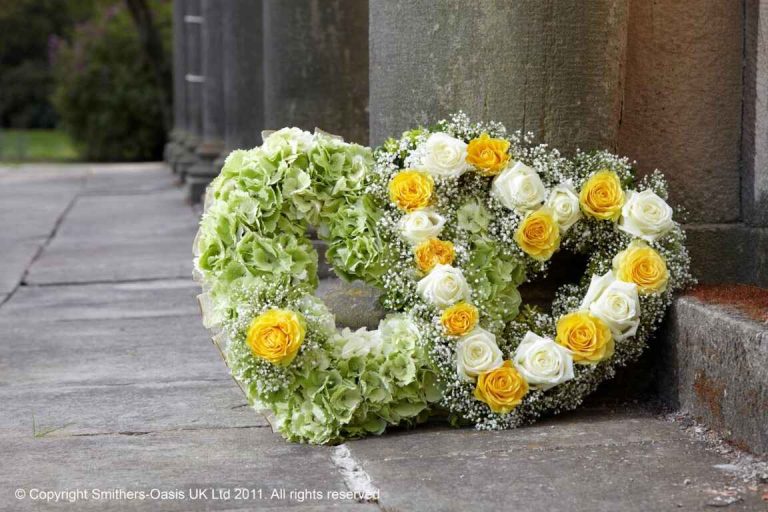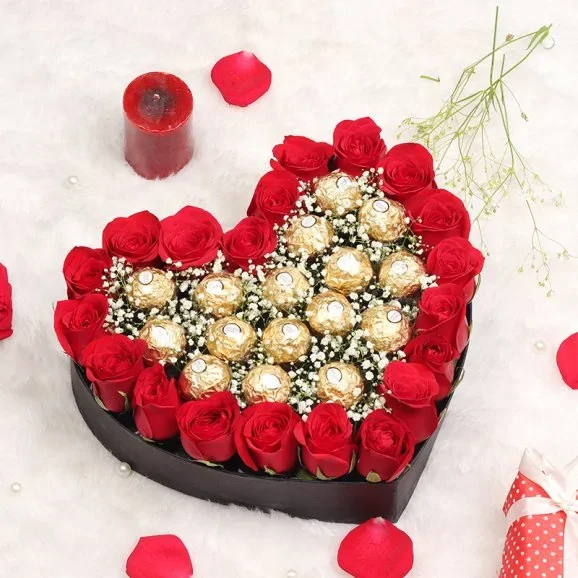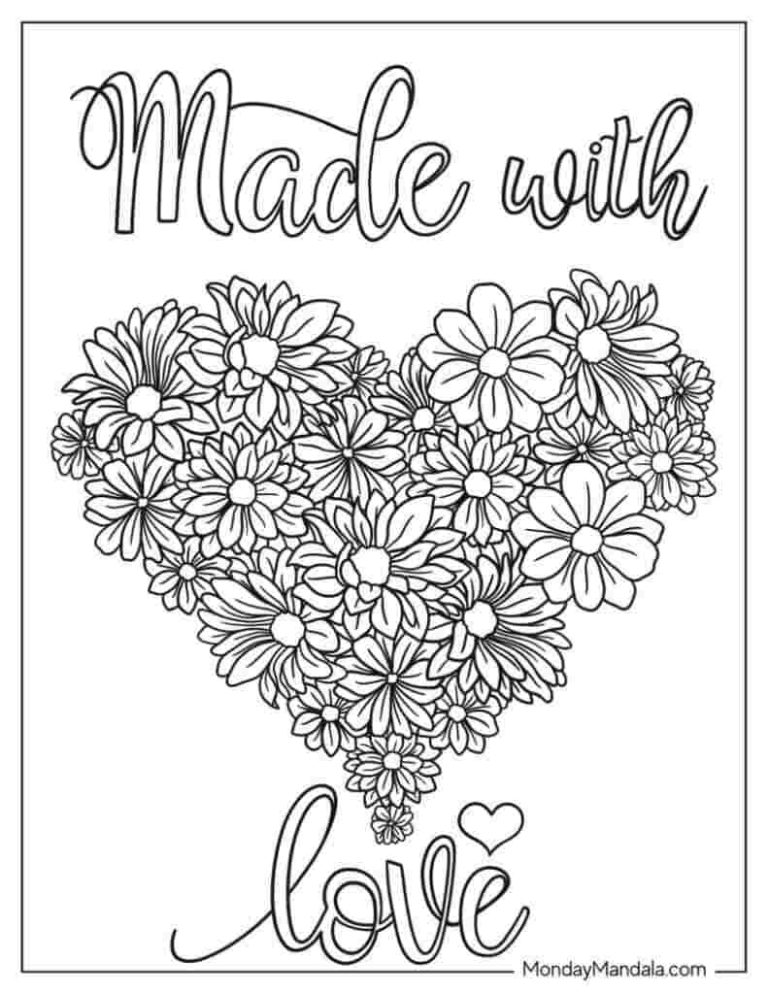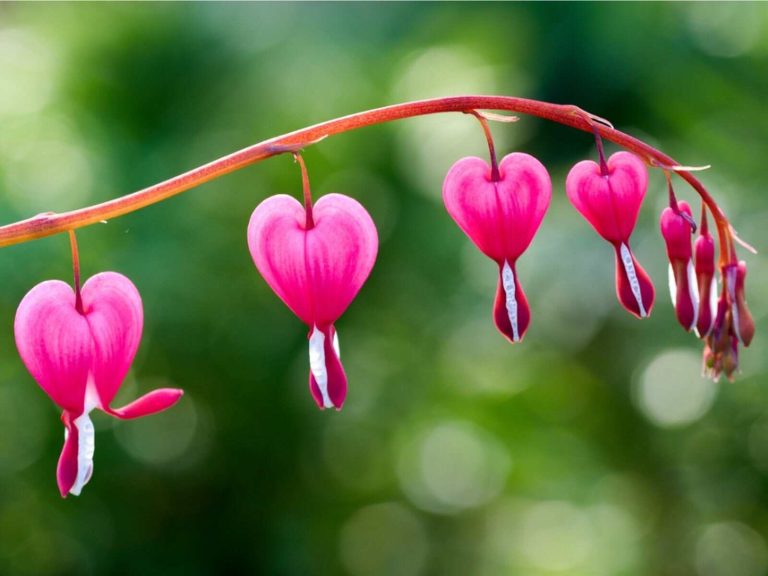Heart Flowers Plant : A Botanical Marvel of Love and Beauty
The heart flowers plant is a captivating botanical wonder that combines the elegance of nature with the universal symbol of love—the heart. With its heart-shaped leaves or blooms, this plant has become a favorite among gardeners, florists, and plant enthusiasts. Whether adorning gardens, homes, or artistic creations, the heart flowers plant is a testament to the beauty and symbolism of nature.
In this article, we’ll explore the fascinating world of heart flowers plants, their varieties, care tips, and cultural significance. We’ll also delve into how these plants inspire art, including heart flowers drawing, and their role in ecological sustainability. By the end, you’ll have a comprehensive understanding of why heart flowers plants are cherished worldwide.
What Are Heart Flowers Plants?
Heart flowers plants are a diverse group of plants characterized by their heart-shaped leaves or flowers. These plants belong to various botanical families and are found in different climates and regions. Some of the most popular heart flowers plants include:
- Bleeding Heart (Lamprocapnos spectabilis): Known for its arching stems adorned with pink or white heart-shaped flowers.
- Heartleaf Philodendron (Philodendron hederaceum): A versatile houseplant with glossy, heart-shaped leaves.
- Anthurium (Anthurium spp.): Often called the “flamingo flower,” it features vibrant, heart-shaped bracts.
- Hoya kerrii (Sweetheart Plant): A succulent-like plant with thick, heart-shaped leaves, often gifted as a symbol of love.
The Symbolism of Heart Flowers Plants
A Universal Emblem of Love
The heart shape is a timeless symbol of love, affection, and emotional connection. Heart flowers plants embody this symbolism, making them popular gifts for romantic occasions like Valentine’s Day, anniversaries, and weddings.
Cultural Significance
In many cultures, heart-shaped plants hold special meanings:
- In Chinese culture, the Hoya kerrii is believed to bring good luck and prosperity.
- In Victorian England, the bleeding heart flower symbolized deep, unrequited love.
- In modern times, heart flowers plants are often associated with self-love and emotional healing.
The Ecological Benefits of Heart Flowers Plants
Air Purification
Many heart flowers plants, such as the heartleaf philodendron and anthurium, are known for their air-purifying qualities. According to NASA’s Clean Air Study, these plants can remove toxins like formaldehyde and benzene from the air, improving indoor air quality.
Supporting Biodiversity
Heart flowers plants attract pollinators like bees, butterflies, and hummingbirds, contributing to biodiversity. For instance, the bleeding heart plant is a favorite of bumblebees, which play a crucial role in pollination.
Soil Health
Some heart flowers plants, like certain species of philodendron, help improve soil health by preventing erosion and promoting nutrient cycling.
Popular Varieties of Heart Flowers Plants
1. Bleeding Heart (Lamprocapnos spectabilis)
- Appearance: Arching stems with pink or white heart-shaped flowers.
- Habitat: Native to Asia and North America.
- Care: Prefers partial shade and moist, well-drained soil.
2. Heartleaf Philodendron (Philodendron hederaceum)
- Appearance: Glossy, heart-shaped leaves on trailing vines.
- Habitat: Native to Central America and the Caribbean.
- Care: Thrives in indirect light and moderate watering.
3. Anthurium (Anthurium spp.)
- Appearance: Bright red, pink, or white heart-shaped bracts with a central spadix.
- Habitat: Native to tropical regions of Central and South America.
- Care: Requires bright, indirect light and high humidity.
4. Hoya kerrii (Sweetheart Plant)
- Appearance: Thick, succulent-like heart-shaped leaves.
- Habitat: Native to Southeast Asia.
- Care: Prefers bright light and infrequent watering.
How to Care for Heart Flowers Plants
1. Light Requirements
Most heart flowers plants thrive in bright, indirect light. Avoid direct sunlight, as it can scorch the leaves.
2. Watering
- Bleeding Heart: Keep the soil consistently moist.
- Heartleaf Philodendron: Water when the top inch of soil feels dry.
- Anthurium: Water sparingly, allowing the soil to dry out between waterings.
- Hoya kerrii: Water infrequently, as it is drought-tolerant.
3. Soil and Fertilizer
Use well-draining soil and fertilize during the growing season (spring and summer) to promote healthy growth.
4. Pruning and Maintenance
Regularly prune dead or yellowing leaves to encourage new growth and maintain the plant’s shape.
Heart Flowers Plants in Art and Creativity
Inspiration for Heart Flowers Drawing
The unique shape and beauty of heart flowers plants have inspired artists for centuries. Heart flowers drawing is a popular art form that captures the delicate details of these plants. From botanical illustrations to modern digital art, heart flowers plants are a recurring theme in creative works.
Tips for Heart Flowers Drawing:
- Observe Real Plants: Study the shapes, textures, and colors of heart flowers plants to create realistic drawings.
- Use Reference Images: Photographs or live plants can serve as excellent references.
- Experiment with Mediums: Try different mediums like pencils, watercolors, or digital tools to bring your heart flowers drawing to life.
Symbolism in Literature and Poetry
Heart flowers plants often appear in poetry and literature as symbols of love, longing, and beauty. For example, the bleeding heart flower is frequently referenced in romantic poetry.
Use in Floral Arrangements
Heart flowers plants, particularly anthuriums, are popular in floral arrangements for weddings and other special occasions. Their vibrant colors and unique shapes add a touch of elegance to any bouquet.
Fun Facts About Heart Flowers Plants
- The bleeding heart plant gets its name from the droplet-like appendage at the bottom of its flowers, which resembles a “bleeding” heart.
- Hoya kerrii is often sold as a single leaf in a pot, earning it the nickname “sweetheart plant.”
- Anthuriums are one of the longest-lasting cut flowers, with blooms that can remain fresh for up to six weeks.
The Market for Heart Flowers Plants
The global market for ornamental plants, including heart flowers plants, is growing rapidly. According to a report by Grand View Research, the ornamental plants market was valued at $27.3 billion in 2022 and is expected to grow at a compound annual growth rate (CAGR) of 5.1% from 2023 to 2030. This growth is driven by increasing consumer interest in gardening, home decor, and sustainable living.
Conclusion: The Enduring Appeal of Heart Flowers Plants
Heart flowers plants are more than just a botanical curiosity; they are a celebration of love, beauty, and nature’s artistry. Whether you’re drawn to their symbolic meaning, their ecological benefits, or their aesthetic appeal, these plants have something to offer everyone. By incorporating heart flowers plants into your garden or home, you can create a space that is not only visually stunning but also emotionally uplifting.
So, the next time you see a heart-shaped leaf or bloom, take a moment to appreciate the beauty and symbolism it represents. In a world that often feels chaotic, heart flowers plants remind us of the enduring power of love and the simple joys of nature.
By understanding the care requirements, symbolism, and ecological benefits of heart flowers plants, you can cultivate a deeper connection with these enchanting plants. Whether you’re growing them for their beauty, their symbolism, or their environmental impact, heart flowers plants are a timeless addition to any space. And if you’re an artist, let their unique shapes inspire your next heart flowers drawing, creating a masterpiece that celebrates both art and nature.





2 Comments